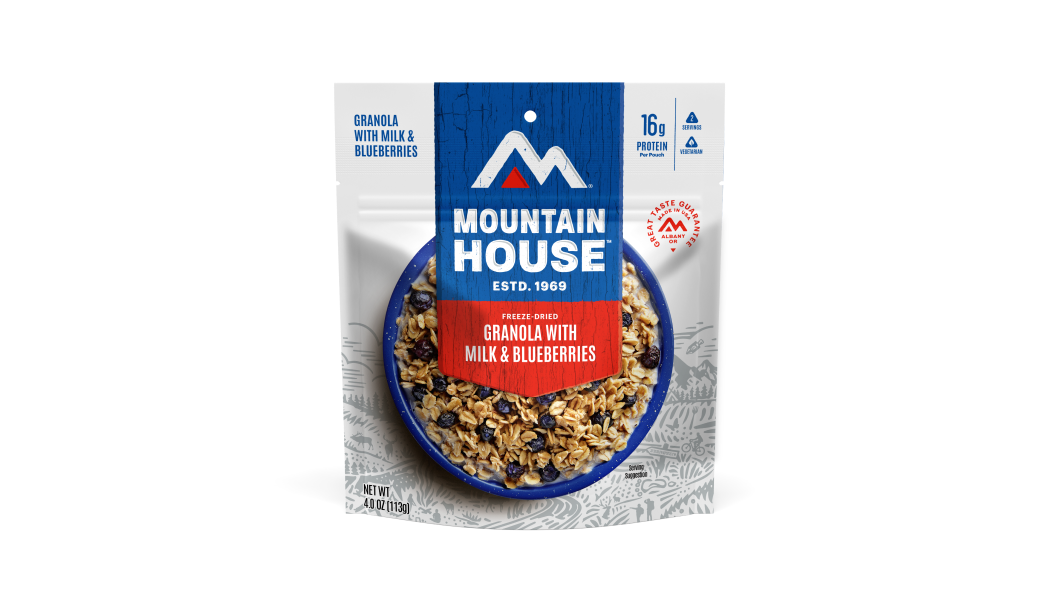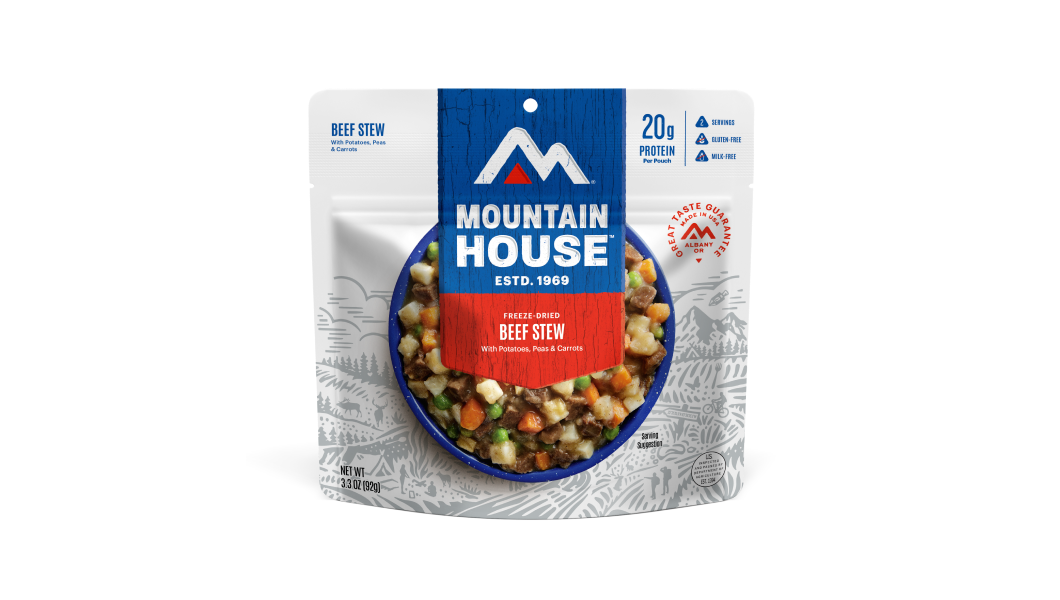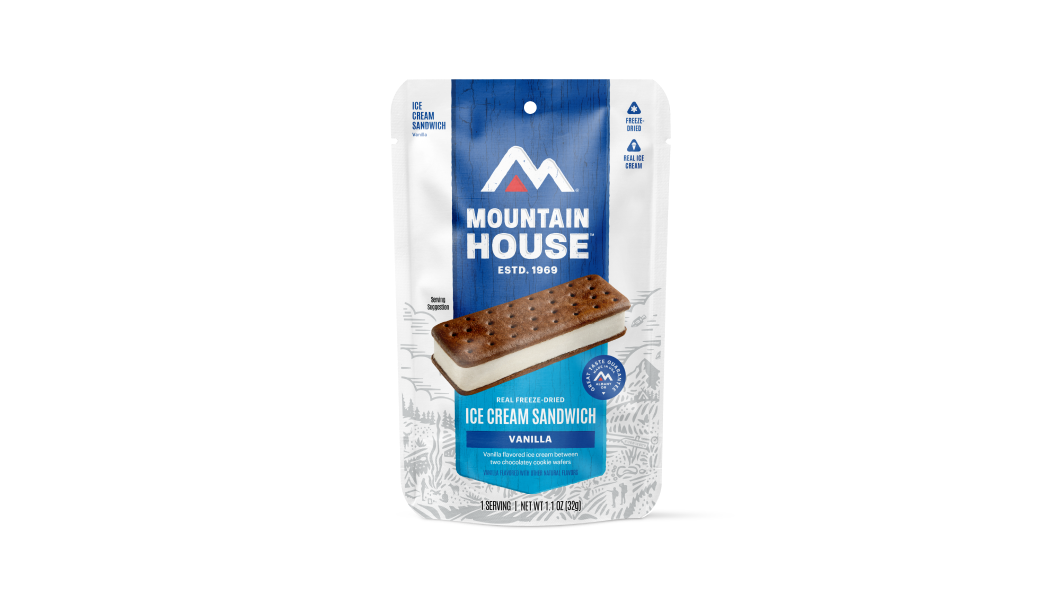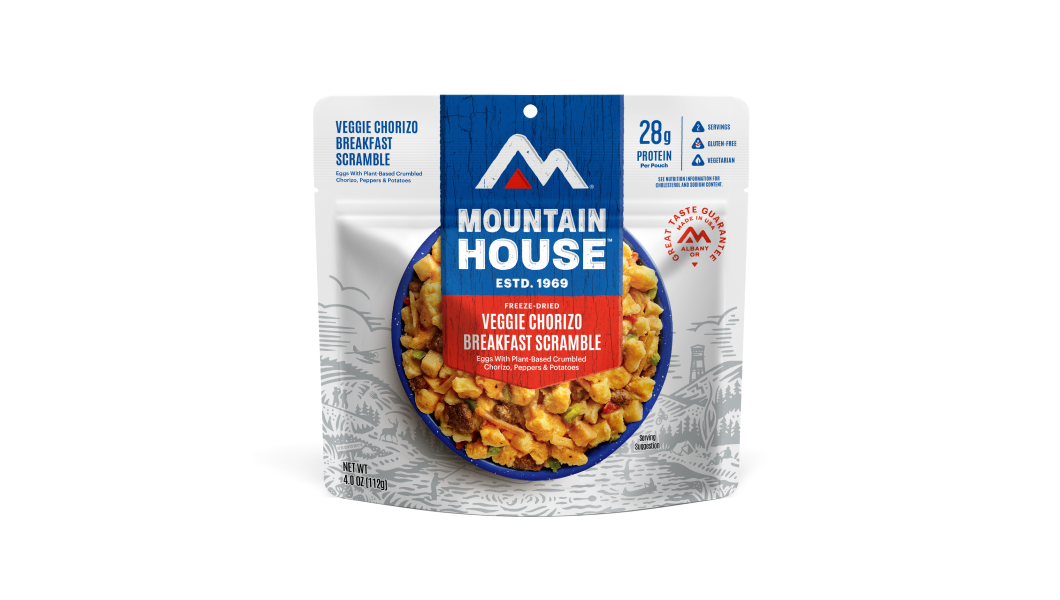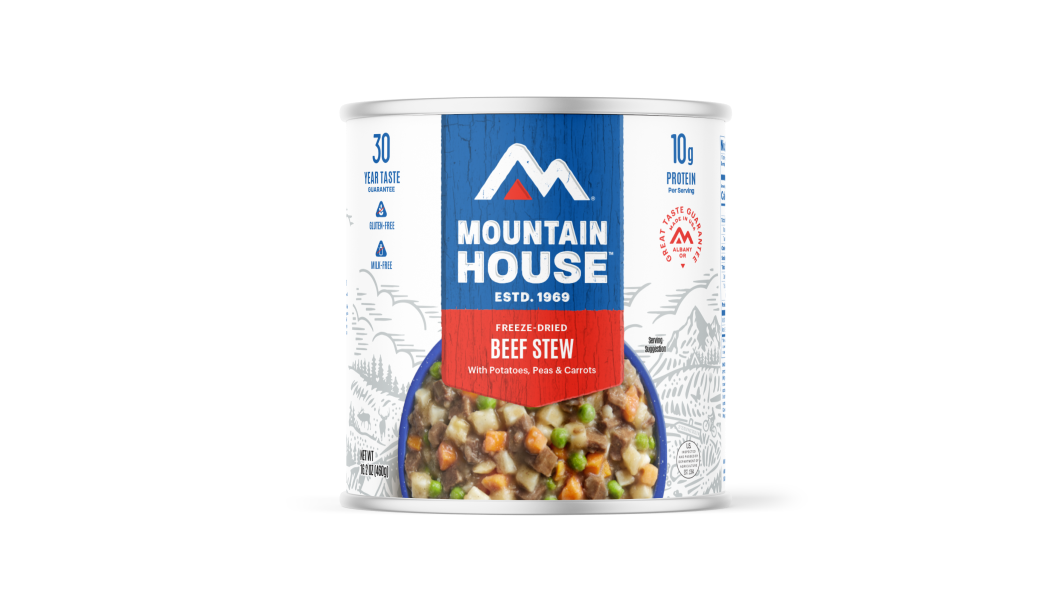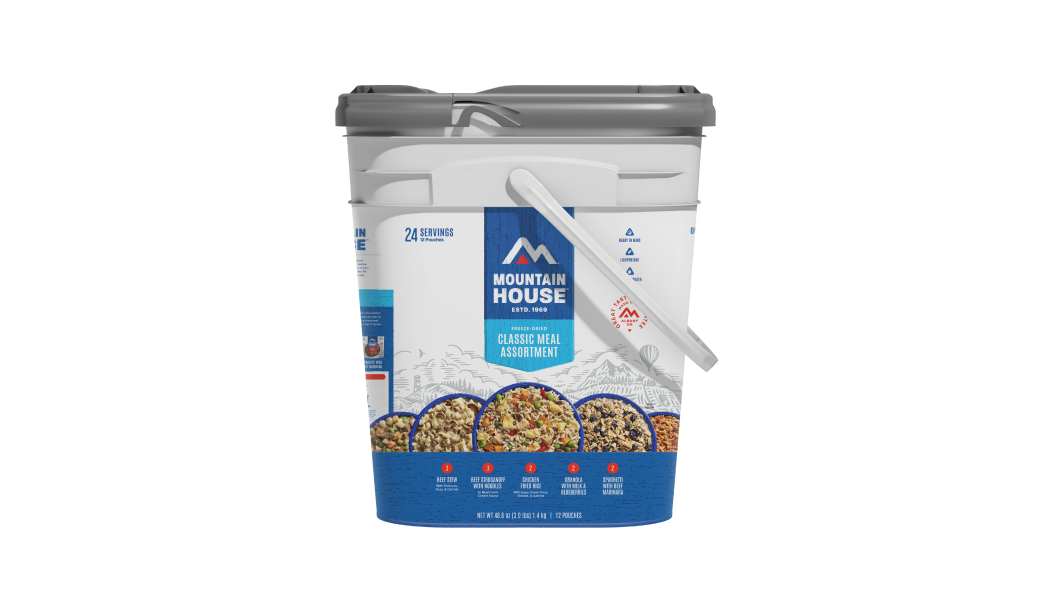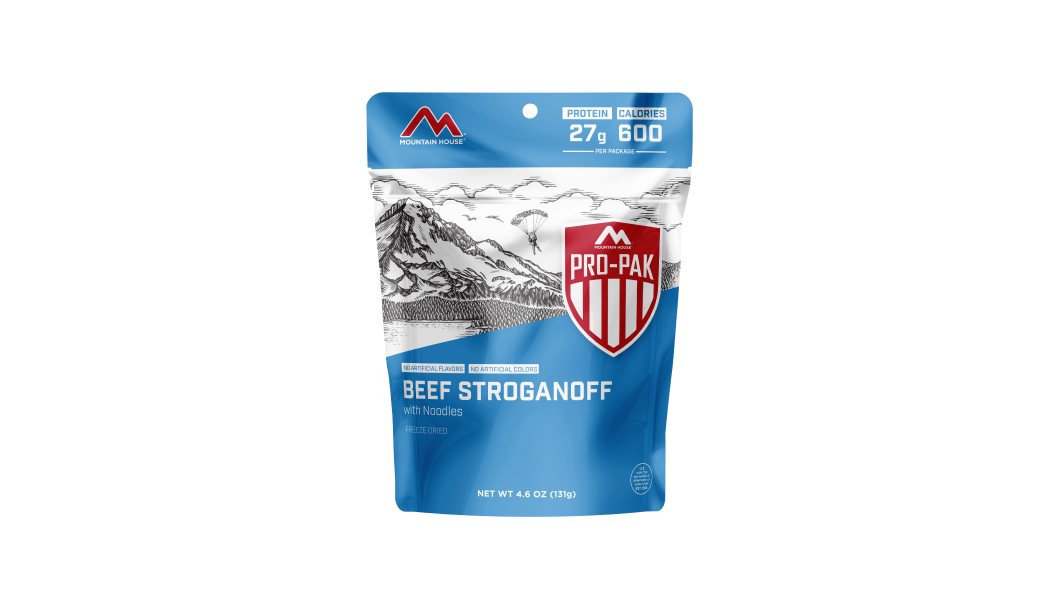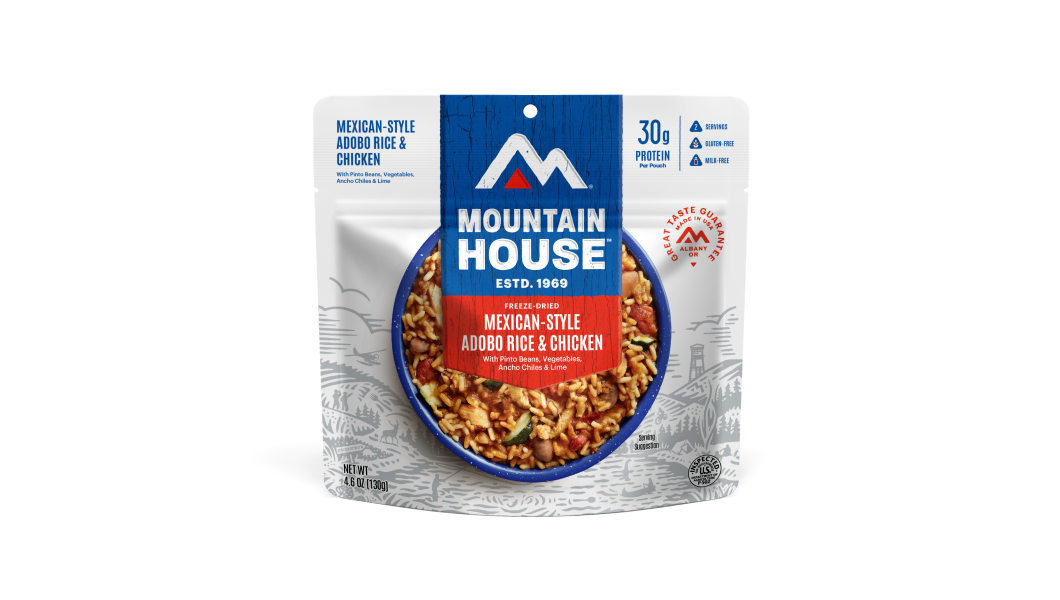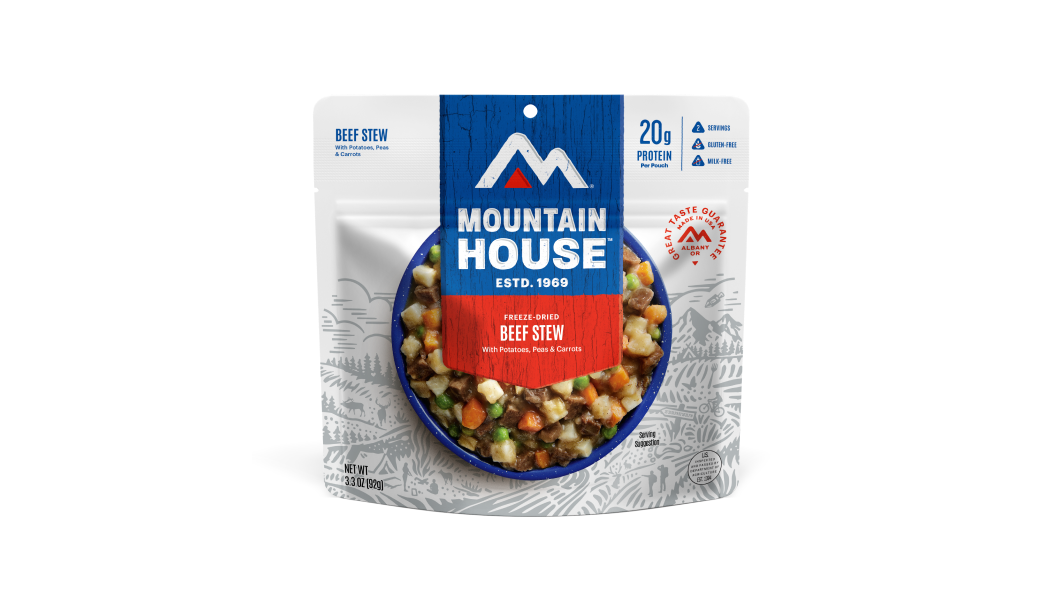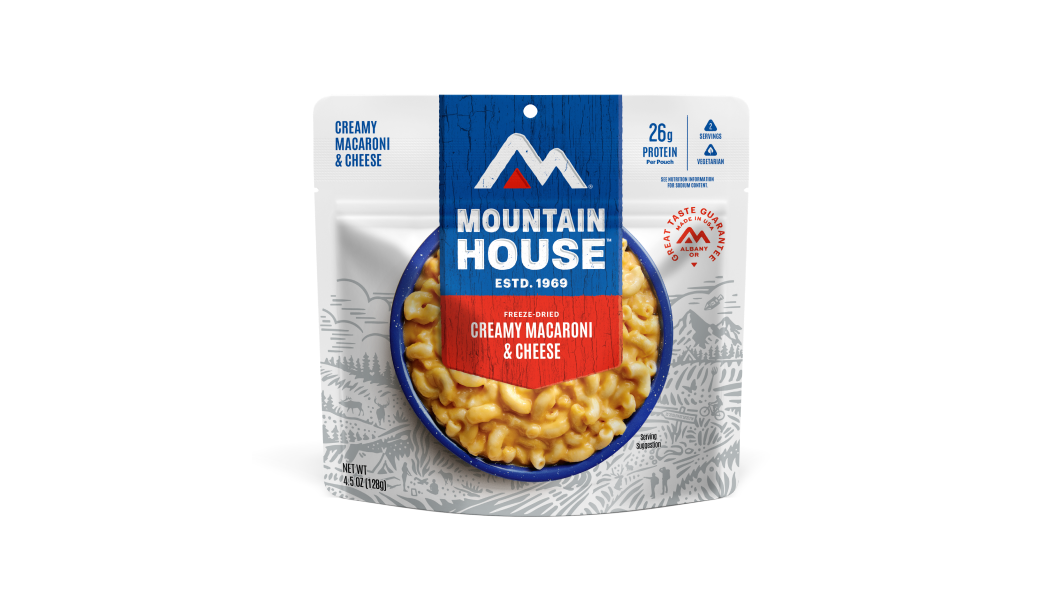Inspired for an Adventure? Check out Beef Stroganoff - Pouch and Beef Stew - Pouch
Add description, images, menus and links to your mega menu
A column with no settings can be used as a spacer
Link to your collections, sales and even external links
Add up to five columns
Add description, images, menus and links to your mega menu
A column with no settings can be used as a spacer
Link to your collections, sales and even external links
Add up to five columns
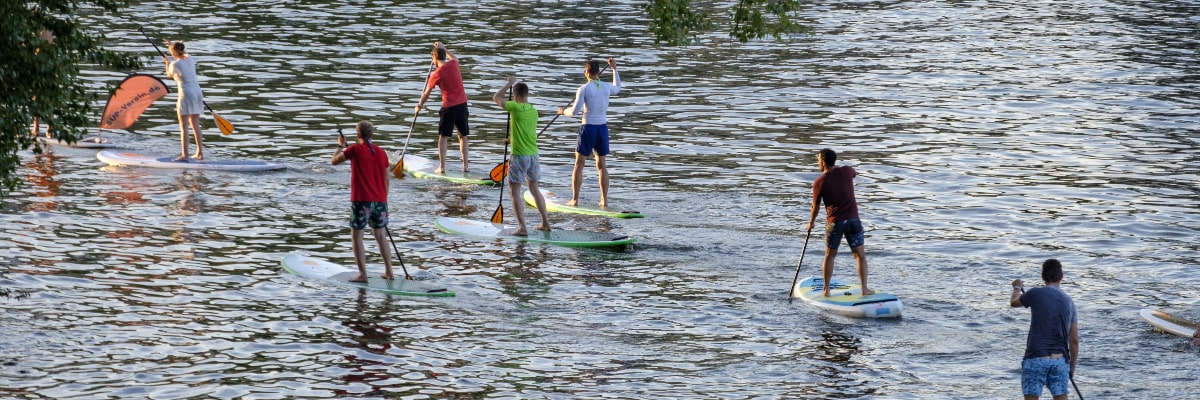

Stand-up paddleboarding (SUP) has boomed in popularity over the past few decades, becoming North America’s fastest-growing paddlesport—and it’s not slowing down anytime soon. These days, people SUP everywhere—from tropical paradises to boreal, even polar regions (yes, Antarctic paddleboarding is a thing!). And if you have seen it, there’s a good chance it caught your interest. Paddleboarding looks as fun and chill as it is, and that inspires curiosity in those who haven’t yet given it a go.
So—how do you give it a go? Let us break down the basics of how to stand up paddleboard: a “paddleboarding for beginners” primer that, hopefully, will inspire you to try this particular watersport out. In our experience, most people who try it get hooked, and since it’s a healthy, 100% human-powered activity, that’s definitely a good thing!
What is Paddleboarding?
Standup paddleboarding is essentially a mashup of canoeing or kayaking and surfing. Its remarkably deep and far-ranging roots, which stretch back thousands of years and cover vast geographies—from Africa to South America to Polynesia—suggest the basic usefulness of propelling oneself, kneeling or standing, on a flat, buoyant platform via paddles.

Image by Dimitris Vetsikas from Pixabay
As a modern sport, SUP owes much to Hawaiian surfing pioneers, who practiced what’s essentially standup paddleboarding to reach surfable breaks offshore. Its international profile boosted big-time around the turn of this century.
There are now multiple forms of SUP that partly mirror the various categories of kayaking, including:
-
Recreational SUP: the sort of general-purpose, non-specialized paddleboarding ideal for beginners and pursuable on a variety of waters.
-
Touring SUP: long-distance paddleboarding, featuring boards specialized for covering a lot of water and facilitating multi-day trips and other high-mileage explorations.
-
SUP Yoga: using a board as a stable platform for on-the-water yoga.
-
SUP Surfing: riding the waves on a paddleboard.
-
Whitewater SUP: running rapids by paddleboard.
What’s wonderful about SUP is that just about anybody can enjoy it. Flatwater paddling—say, on a gentle lake or bay—is as relaxing a watersport as you could ask for, while still delivering a nice little workout. Thrill-seekers and adrenaline junkies, meanwhile, have the full-on adventure of SUP surfing, whitewater runs and seagoing touring. And more than a few anglers have come to know the pleasures of casting from a paddleboard.
The versatility of SUP as an activity is a big part of its appeal. The exceedingly shallow draft of a paddleboard and its maneuverability mean a paddler can access many out-of-the-way waterways that’d be tough to get to by boat, even by kayak. And, like a surfboard, a paddleboard’s easy to transport—all the more so when you’re talking about an inflatable model.
Tips for Choosing the Right Paddleboard
Before we go into a little nitty-gritty concerning types of paddleboards, let’s talk about the best way to try out different models. Instead of buying a board right away, try renting different models to see what suits you best. At this point, SUP rentals are almost ubiquitous wherever you’ve got a developed lakeshore, beachfront, or recreational river, so it’s never been easier to take one out for a nominal fee and see which design, material, size, and shape fit your needs and preferences.
And if you happen to have a friend or family member who owns a board—why not ask to borrow it for a little test paddle?
Now let’s run through some of the basic properties and attributes to consider when choosing a board.
Shape, Size, Volume
Longer paddleboards tend to move faster through the water and also track better—in other words, keep to a straight line. Shorter boards are more maneuverable but slower. In terms of width, a narrower paddleboard is faster, more maneuverable, and tracks better, while a broader beam ups a board’s stability while lowering its speed. Good beginner-level boards tend to be on the order of 10 to 12 feet long—very much a medium-class length—and some 30 to 32 inches wide for a more stable ride.
The length and width of a board in combination with its thickness determine its volume. Boards with greater volume can support more weight.
The shape of the paddleboard hull is another key consideration:
-
Planing hulls are broad and blunt-nosed, riding high on the water and turning nimbly. These are good choices for beginner paddlers and also the hull category of choice for SUP surfing, whitewater paddling, and yoga.
-
Displacement hulls are sharp-nosed, knifing through the water at a good clip and tracking efficiently. Excellent for long-distance paddling and SUP camping/touring, displacement hulls are probably best tried out after you’ve gotten the basic gist of paddleboarding via a planing-hull model.
Size and shape are, unsurprisingly, fundamental design factors that distinguish different categories stand up paddleboards, from short, stubby surfing and whitewater boards to long, spear-shaped touring boards—and the middleground “all-purpose” or “recreational” paddleboards most beginners are going to want to play around with.
SUP Fins
Often detachable though sometimes fixed (especially in inflatable SUPs), paddle-board fins influence SUP performance depending on their number, configuration, and size. Larger fins improve tracking and stability, while smaller fins boost maneuverability.
Board Material & Hard vs. Inflatable Paddle Boards
Hard-bodied paddleboards are often made from fiberglass, but other materials include bamboo, plastic, carbon fiber, and foam.
Inflatable boards, typically made from drop-stitch PVC, are a great alternative for first-time paddlers and anyone looking to pursue general-purpose, all-around SUP. Their portability and storability are major advantages.

Image by iROCKER au from Pixabay
Other Essential Gear
-
SUP paddles can be both fixed-length and adjustable and are typically made from fiberglass, plastic, carbon fiber, aluminum, or wood.
-
A personal flotation device (PFDs) or life jacket, safety whistle, and light are smart gear for any time you shove off. A lot of paddleboarding goes down on gentle waters, but that doesn’t mean you shouldn’t be thinking about safety.
-
A SUP leash keeps you and your board together: certainly nice when (not if!) you take a dunk.
-
In terms of clothing, it depends on conditions: You might be happily paddling along in nothing but swimwear and a rash guard, or suited up in a wetsuit.
-
Don’t forget to stay hydrated and protect yourself from the sun—bringing a water bottle, sunscreen, and a waterproof phone case are absolute musts!
How to Start Paddleboarding
As with any outdoor activity, it’s best to ease into paddleboarding with a buddy—or, better yet, with a class.
Trying out SUP on calm, open waters: a friendly lake or lagoon, say, or an easygoing river is highly recommended. Big waves and strong currents are definitely something to work your way up toward. And always remember to check the forecast before heading out.
Getting on Your Paddleboard
Hoist yourself onto your paddleboard in shallow (knee-deep or so) water. Kneel in the center of the board with your hands grasping the edges, keeping your weight evenly distributed so that you don’t tip. Take a few paddle strokes in that kneeling position to get a feel for riding the board, then place your feet one at a time to slowly rise and stand.
Standing with your feet about shoulder-width apart should yield better balance. Keep your knees a little bent and your toes straight forward, and set your gaze on a fixed point ahead of you—not down at your feet.
Basic SUP Strokes & Paddling Techniques
Your paddle blade should face forward, and you should hold the paddle with one hand—the right one when paddling on the left side of the board, the left one when paddling on the right side—on the T-grip and the other grasping the shaft.
-
To execute a forward stroke, reach ahead a couple of feet and place the paddle blade in the water, then—exerting pressure with your top hand and twisting your upper body—pull the blade back and lift it out when it’s about in line with your ankles.
-
The reverse stroke, used to move backwards, is essentially the opposite movement.
-
The sweep stroke allows you to turn your board. To pull it off, rotate your shoulders and torso to place the blade in the water toward the nose of the board, then arc it broadly away from the board and then back toward the tail. The nose of the board will turn in the opposite direction to the side you’re sweep-stroking on.
The Inevitable Falling-Off-the-Board Routine
At some point you’ll go into the drink—part of the fun of SUP, really! No big deal. Try to fall away from the board so you don’t hit it, and do your best to keep a grasp on your paddle. Reach and grab the handle at the midline of the board, then kick with your legs to scramble back on.
Is Paddleboarding Harder Than Kayaking?
Basic flatwater SUP is quite easy to get the hang of—arguably easier even than learning to paddle a sit-on-top kayak (and certainly easier to master than a sit-in ‘yak). It’s a good full-body workout, exercising some of the same muscles as kayaking does and some different ones.
Learning to paddleboard in whitewater or surf, unsurprisingly, is more technical and takes more practice.
Take Mountain House on Your Next Paddleboarding Trip
Whether you’re enjoying a lakeside lunch or fueling up after an all-day paddle tour, Mountain House meals make the perfect paddling companion.
Lightweight, portable, nutritious, filling, and speedy to prepare—and boasting an awesomely impressive shelf life—freeze-dried Mountain House meals are perfect for a day (or days, if you’re SUP touring/camping) spent happily paddleboarding. Explore our full collection!

Top 11 Hardest Mountain Climbs in the World
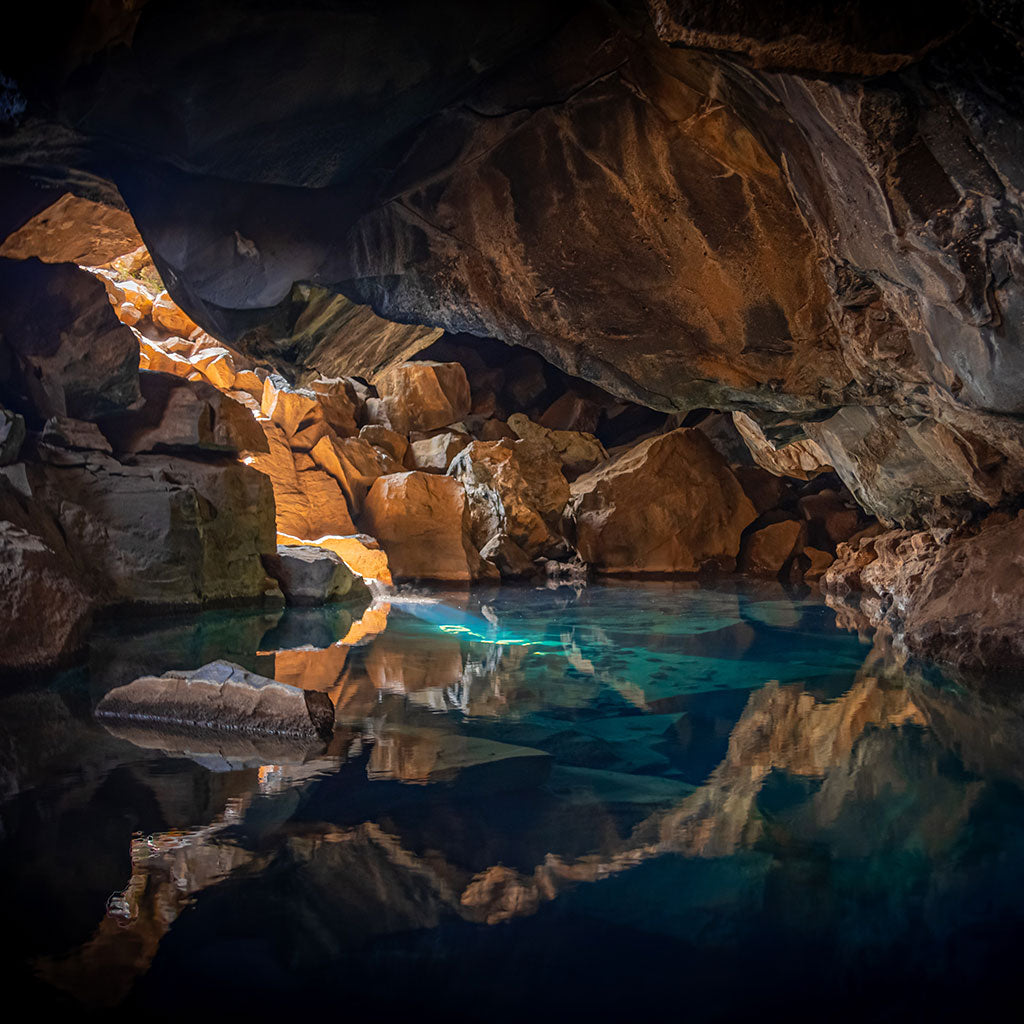
How to Go Caving Safely & Responsibly
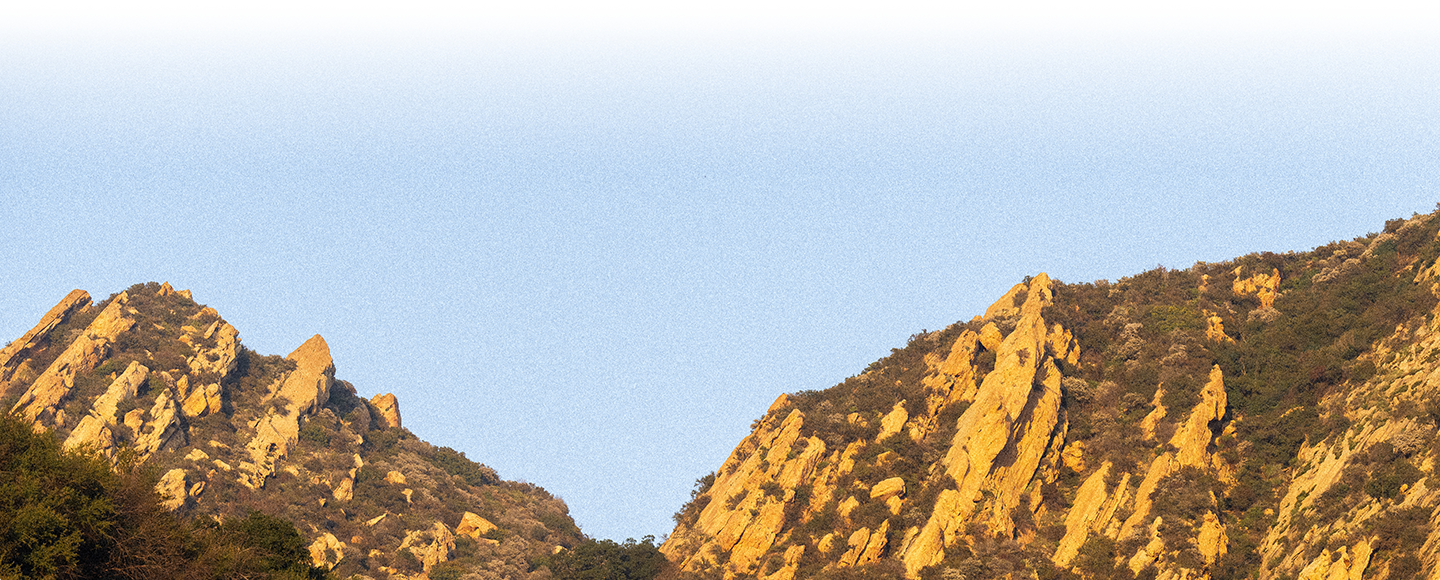

Stay Hungry for Adventure
Sign Up for Delicious Outdoor Meals & Exclusive Offers!
By clicking ‘Join Now’, I agree to the Terms of Service and Privacy Policy.


Join the adventure
©2025 Mountain House — All Rights Reserved.
Your Cart is Empty
Continue ShoppingYour Cart
Subtotal
$0.00
EXPRESS PAYMENT METHODS AVAILABLE IN CHECKOUT
Taxes and Shipping Calculated at Checkout
Your ExpertVoice deal.
$[Deal Price]
$[Original Price]
Discount applied at checkout.
On sale now — lower than your ExpertVoice discount.
Not eligible for ExpertVoice discount.
